| 開課班級Class: | 授課教師Teacher: | 學分數Credits: |
| 碩食安所一A | 羅之綱,林儒緯 | 2 |
| 課程大綱Course Description: |
課程大綱Syllabus: 1980年代以來,英國、比利時、法國、日本等國家和地區先後爆發了狂牛症(1986年,英國)、戴奧辛雞(1999年,比利時)、李斯特桿菌污染熟肉製品(2001年,法國)、福島核輻射污染食品(2011年,日本)等重大農産品食品質量安全事故,由此引發了公衆對農産品食品質量和安全性的憂慮和恐慌。爲此,歐盟、美國、加拿大、日本、韓國等國家和地區陸續開展農水産品食品追溯體系建設,並在法律法規體系、技術支持體系等方面有很大的進步。建立和發展農水産品質量安全追溯體系可以促進農業現代化、保障食品質量安全和公眾的健康。同時也可以落實政府農水産品食品安全監管責任。使用資訊科技提高農業現代化,促進傳統農業向資訊農業、智慧農業的轉型升級,促進農業供應面、流通面和消費面全面性的結構調整。 本課程結合學術性、理論性和應用性,深入且系統的講解食品物流理論知識、現代物流資訊技術、食品供應鏈管理、食品安全采購與庫存管理、食品運輸與配送、第三方物流、電子商務及食品物流設施及冷鏈等內容。以現代食品物流管理結合食品安全追溯的實際需要,同時分析了國內外食品物流管理的案例,使學生能同時掌握食品物流學和食品追溯的知識體系,培養學生初步具備分析和解决物流領域問題的思維方式與能力,以帶動食品行業的發展, 進而確保食品安全。 |
| English Outline: |
| Since the 1980s, the United Kingdom, Belgium, France, Japan and other countries and regions have suffered from major agricultural product food quality and safety accidents, such as mad cow disease (1986, United Kingdom), dioxin chicken (1999, Belgium), Listeria contaminated meat products (2001, France), Fukushima nuclear radiation contaminated food (2011, Japan), This has triggered public concern and panic about the quality and safety of agricultural products and food. Therefore, the EU, the United States, Canada, Japan, South Korea and other countries and regions have carried out the construction of agricultural and aquatic products food traceability system, and made great progress in laws and regulations, technical support system and so on. Establishing and developing the quality and safety traceability system of agricultural and aquatic products can promote agricultural modernization and ensure food quality, safety and public health. At the same time, it can also implement the government's responsibility for food safety supervision of agricultural and aquatic products. Use information technology to improve agricultural modernization, promote the transformation and upgrading of traditional agriculture, and promote the comprehensive structural adjustment of agricultural supply, logistics and consumption. This course combines academic, theoretical and application, and systematically explains the theoretical knowledge of food logistics, modern logistics information technology, food supply chain management, food safety procurement and inventory management, food transportation and distribution, third-party logistics, e-commerce, food logistics facilities and cold chain. Combining modern food logistics management with the actual needs of food safety traceability, Study cases of food logistics management and cultivate students' open-minded and ability to analyze and solve problems in the field of logistics, so as to drive the development of food industry and ensure food safety. |
| 本科目教學目標Course Objectives: |
| 使學生能同時掌握食品物流學和食品追溯的知識體系,培養學生初步具備分析和解决物流領域問題的思維方式與能力,以帶動食品行業的發展, 進而確保食品安全。 |
| 教學型態Teaching Models: | 成績考核方式Grading: |
| 課堂教學+實習 (校內、校外) | 平時成績General Performance:40% 期中考Midterm Exam:30% 期末考Final exam:30% 其它 Other: |
| 參考書目Textbooks/References: |
| 1. 食品安全與冷鏈管理。葉佳聖、王翊和、楊惠婷。中華食品安全管制系統發展協會。滄海圖書。 2. 食品物流學基礎。和東芹主編。中國商業出版社。 3. 國外農產品質量安全追溯概論。農業農村部農產品質量安全中心。清華大學出版社。 |
| SDGs指標: |
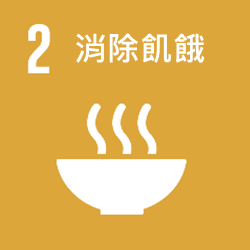 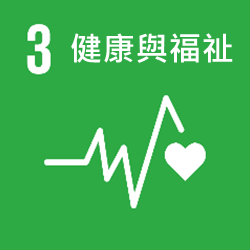 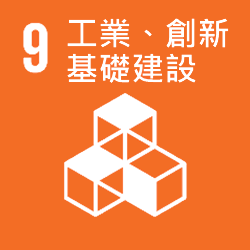  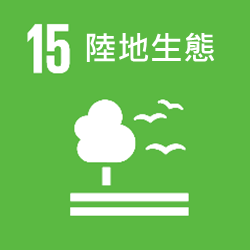 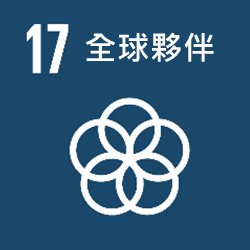 |
| UCAN職業項目: |
| 課程更新狀態: | 課程匯入時間Import Time:2023-01-31 09:33:59 |
| 最後更新時間Last Modified:2023-02-01 17:31:08,更新人modified by:羅之綱 |